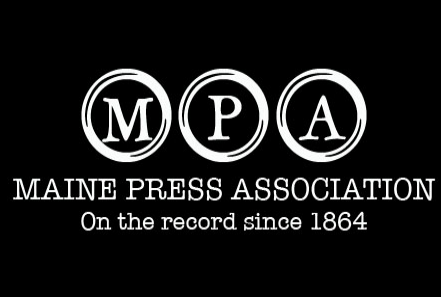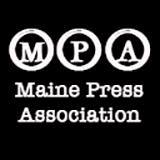MPA 2022 Fall Conference Programming Schedule
Note: This is the initial plan; please watch the MPA Newsletter for updates. 8:45 a.m. to 9:30 a.m.…
Hotel Rooms Going Fast! 2022 MPA Conference
The Maine Press Association’s 2022 Fall Conference will be held October 22 at Atlantic Oceanside Hotel & Event…
Maine Press Association to induct three into Hall of Fame
Three new members will enter the Maine Press Association Hall of Fame on October 22. Earl Brechlin and…

